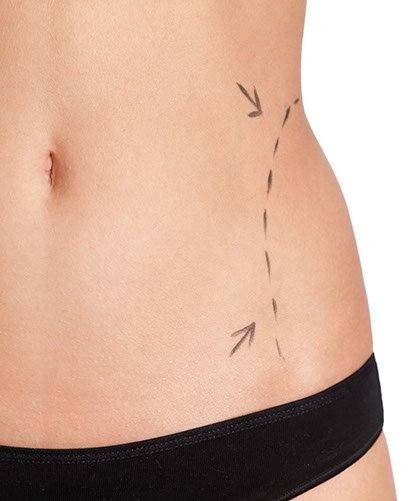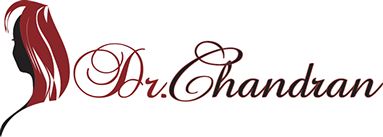210 - 206 Wellman Crescent Saskatoon, SK S7T 0J1 Aesthetic Consultations & Inquiries - 306.665.5005 Other Inquiries - 306.384.8001

Abdominoplasty (Tummy Tuck)
The abdomen can protrude and can have loose, sagging skin. It may have separated abdominal muscles as well. This can be the result of aging, weight fluctuations, pregnancy or previous surgery.
An abdominoplasty removes excess skin and fat from the abdominal area. Often, separated abdominal muscles are tightened. Sometimes, liposuction of the flank area is also done in conjunction with the abdominoplasty. This creates a flatter, smoother and a more proportionate abdomen. It may remove some stretch marks but usually not all of them.
Although the abdominoplasty can be permanent, fluctuations of weight can greatly reduce the improvements. The incisions are from hip to hip in the lower abdomen and around the umbilicus (belly button).
Surgery and Recovery
The surgery is done under general anesthesia. It takes approximately 3-4 hours and is an outpatient surgery. The sutures are dissolvable. There are skin tapes over the incisions. There are 2 drains above the pubic area and they stay in place for 1-3 weeks. There will be an abdominal binder (a girdle) that has to be worn for 6 weeks except when showering. You can shower 2 days after surgery even with the drains in place. You will walk hunched over at the waist for about 3 weeks. Recovery time is about 6-8 weeks. You cannot exercise or lift heavy objects (>10lbs) for about 8 weeks.
Risks
Scar – The scars are usually pink and bruised for several weeks. They will start to fade in a few months until they are quite unnoticeable. Sometimes, the scars can be slightly raised, wide or sensitive.
Bleeding (hematoma) – It is rare to have bleeding. Occasionally, we have to return to the operating room to stop any bleeding.
Infection – The risk of infection is about 1% but it can be increased in smokers. It may require antibiotics and/or more surgery.
Contour Abnormalities – Depending on your skin thickness and quality, as well as healing, irregularities can develop. Most of these contour irregularities improve with time, but occasionally, further surgery may be warranted.
Would healing difficulties – This can happen along the incision because of tension or poor blood supply. Incision separation and wound healing difficulties are much more common in smokers.
Umbilical necrosis – The blood supply to the belly button can be affected and it can be lost. This is rare but has an increased risk if there is previous surgery around the belly button or in smokers.
Seroma – Due to the amount of dissection necessary to do the surgery, the body can produce yellowish fluid collections called seromas that can accumulate under the skin. The drains are present to drain the seroma. However, seromas can occasionally develop even after the drain is taken out.
Blood Clots – There is a rare risk of forming blood clots in the legs that can travel to the lungs. This can be life threatening. Dr. Chandran takes precautions to minimize the risks by applying stockings, calf pumps and possibly giving blood thinners.
Other rare complications may arise and they may be discussed during your consultation.
Dr. Chandran Plastic, Reconstructive & Aesthetic Surgery 210 - 206 Wellman Crescent Saskatoon, SK S7T 0J1 Aesthetic Consultations & Inquiries - 306.665.5005 Other Inquiries - 306.384.8001 Contact Us
